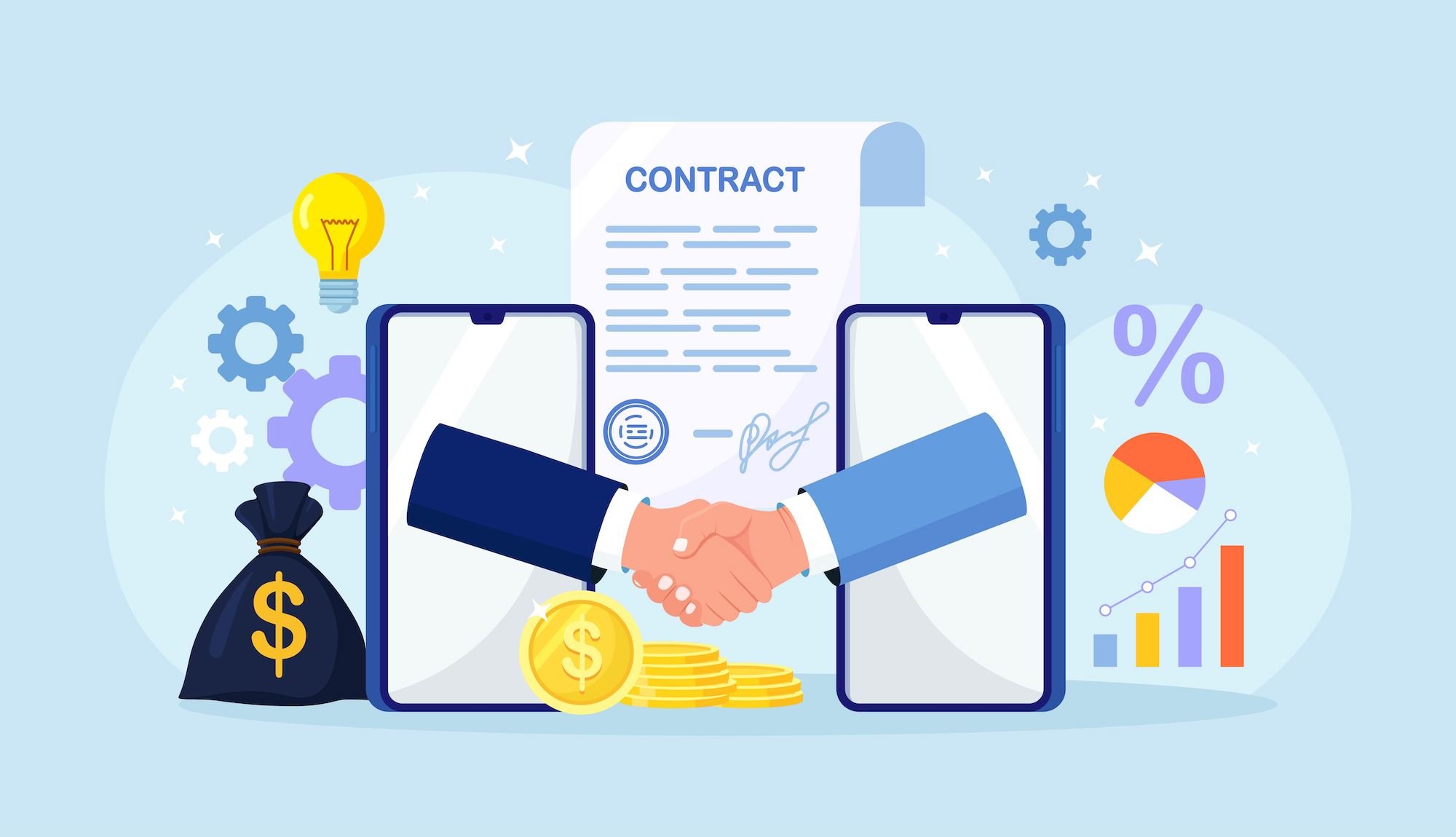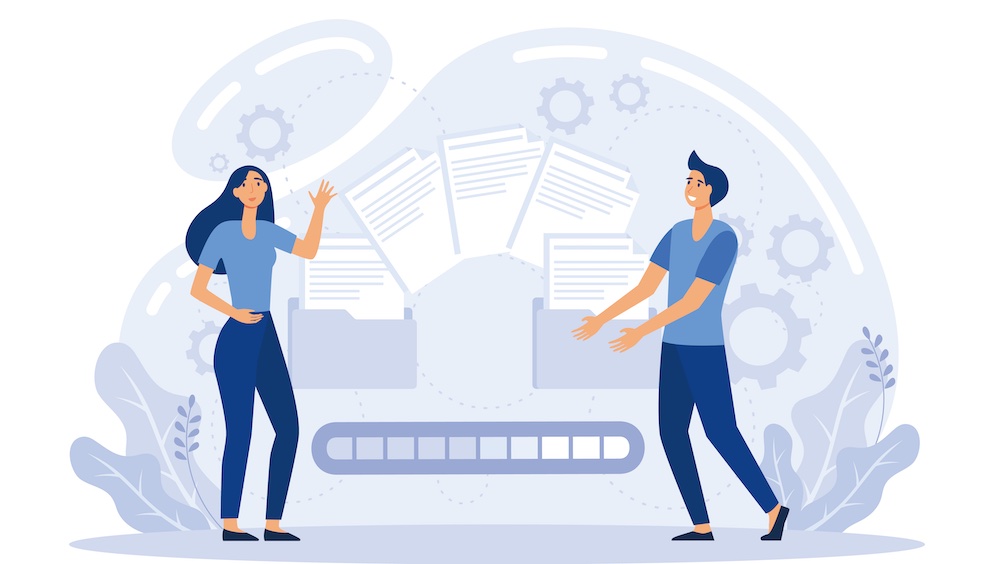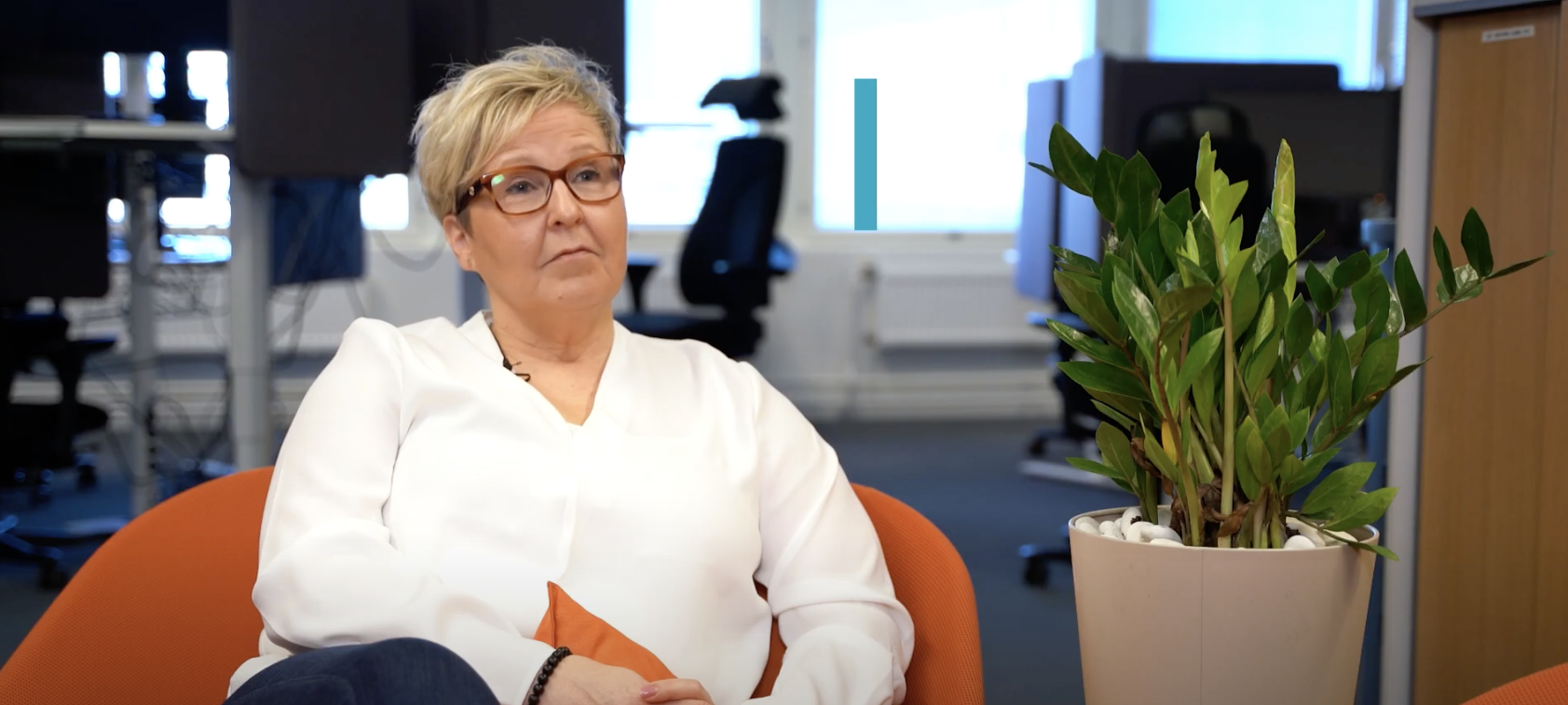Unleashing the Power of Automated Billing Software
Companies providing versatile services face unique challenges when managing the billing operation of complex processes. With diverse pricing models,...
6 min read
 Matti Immonen
:
Aug 15, 2023 11:37:10 AM
Matti Immonen
:
Aug 15, 2023 11:37:10 AM

They say that a beloved child has many names. In this case, the term “contract-to-cash” is often known as order-to-cash or quote-to-cash, depending on the industry and the business processes the company is dealing with.
In brief, the term contract-to-cash refers to a comprehensive set of business processes involved in selling a product or service. It starts with the initial customer inquiry or interest and ends when the payment for the product or service is collected.
Practically, the contract-to-cash -process is related to the use of ERP or CRM software. While both software can provide information to more comprehensive subscription management software, they are not independently able to handle complex and versatile pricing with multiple data sources and business scenarios.
In this article, we will take a deep dive into how we at Good Sign see the contract-to-cash process and how we help our customers maximize their profits, business knowledge, and technical skills to upgrade their billing management.
To start with, the most important thing is to understand the sales process as a whole, pricing for the services and how they are delivered, charging intervals for the licenses or data-driven usage, and the invoicing with different periods including revenue recognition.
Usually, the customers have an ERP, CPQ, CRM solution, or other financial solution which may be integrated with, for example, ITSM, eCommerce, Service Ticketing, Timesheet Entries, and Accounting, and this is a very good basis to extend the pricing models to improve the company’s cash flow.
The first step is content creation, getting the opportunity, offer, or an order – depending on how the sales statuses are defined in the company’s sales funnel – to the operational system. The contract sets out the terms and conditions of the product or service to be delivered, including the price, delivery dates, and payment terms. In the context of a subscription business, the contract might detail the level of service provided, the duration of the subscription, and how much the customer will be billed and when. The contract thus serves as the ultimate source of truth for the entire invoicing process.
The second step is to provide the service as stipulated in the contract. In a subscription model, this would mean providing access to the agreed-upon services such as the use of the provided software, pricing of the T&M-based customer work, or activation of data-driven usage of the disc space in a data center.
The third step is the invoicing process. This is the first opportunity to deliver guarantees of excellence by providing – via the customer's preferred method – invoices that are timely, accurate, and justifiable down to the contract line. The invoice should act as a reliable document that gives a clear understanding of the created charges. In addition to superior service delivery, well-executed invoicing is the second and perhaps easiest way to keep the customer well-informed of the usage costs to avoid unnecessary credit invoicing.
Overall, automation is one of the most beneficial additions to subscription management and all the possibilities should be examined thoroughly during the solution implementation.
Integration is here the key element between the source applications. Companies typically rely on one or several operational solutions, depending on various factors. The customer’s vertical, software solution with server locations (on-premises, cloud-based, single-tenant vs multi-tenant), geographical regions to be covered with multi-currency requirements, accounting and consolidation requirements, and other legal requirements for the business handling and reporting are just some possible influences.
Integration methods can vary from flat-file handling with SFTP to versatile use of API interface. Software integrations are crucial to cut down manual work costs and minimize errors at any stage of the business process. We at Good Sign ensure the careful study of business processes and integration requirements as part of our onboarding work.
Automated information flow from integrations is typically possible with many systems. However, it is the pricing and billing automation that really yields benefits. With automation, orders are matched with the correct customer-specific prices with precision and timeliness. Automated invoicing creates customer invoices without any manual work.
Invoice delivery and payment handling are the essential part of the contract-to-cash process in which billing automation, finance software, and solution integrations are playing a significant role.
Invoice delivery and especially invoicing accuracy, valid invoice content with necessary attachments, clear content, and basis of the invoicing lines are something a customer will appreciate a lot and is one important place to build up mutual trust.
Invoicing and payments have come a long way, thanks to technological advances and modern business practices, here few things to point out.
Modern businesses are rapidly moving towards electronic invoicing or e-invoicing due to its efficiency and environmental benefits – shifting from paper and email invoices is taking place very strongly and it’s even encouraged by the governments and tax officials by legislation.
Also, uniform invoice formats help in easy recognition, processing, and auditing. Standards like EN 16931 for electronic invoicing between companies or ISO 20022 for electronic data interchange between financial institutions play a role in global invoicing – especially in multi-company environments with several currencies to be handled or even for complex accounting handling and posting.
Digital invoices can be sent and received instantly, leading to faster payment cycles, and have an immediate effect on cash flow.
Digital transformation gives a company a chance to create even more sophisticated customer invoice templates for various purposes from customer-tailored, consolidated invoices to credit invoices and dunning letters. Even if the idea could be to harmonize the invoicing format as possible, some verticals require not just an invoice but also the invoice attachments from the invoice lines basis, typically for example the list of the transactions from the certain invoicing period.
Depending on the nature of the business and vertical requirements, payment handling can be arranged in several ways. In a typical case, the customer has financial software (or if they have operations abroad, several financial applications) which might have in-built payment software or a separate solution to track the incoming payments.
Also, when paying with a credit card or using a separate payment link provided, the payment information can be downloaded by the secure bank connection to financial software.
Integration of automated payment gateways helps in the quick processing of payments upon invoice receipt. Automation reduces human errors and streamlines the accounts payable/receivable process.
Typically these transactional processes are handled by the Finance Department and therefore access to information is limited in the organizations. When integrating the payment data into billing software and thus giving the controlled user rights to the payment information for the salespeople, the user can follow the customer payment and react to the payment exceptions.
Revenue recognition is a key requirement posed by the financial team after invoicing customer services. The financial regulations, as well as the local accounting recommendations, affect the revenue recognition methodologies and possibilities.
From a system point of view, one customer agreement or sales order could contain several order lines for the different services which can have different invoicing periods. Item-level revenue recognition requires not only accounting information but also the ability to create the periods for the recognized income and handle them in a balance sheet. Financial software manages revenue recognition based on the information provided. Relying on that, the key success factor is to build up the business flow and integration to the sales ledger/general ledger to ensure the correct revenue recognition.
Reporting and analytics are at the end of the sales journey. In most cases, companies have separate data warehouses or data lakes in which they collect transactional data from multiple sources and combine them in various reporting formats to serve the business unit’s needs.
– It's important to understand and investigate the reason for customer acquisition in respect of current sales operations, segmentation, and marketing inputs and thus see the direct changes in long/short-term cash flow.
To understand when and at what point the customer agreement will be terminated and how much income can be expected from the agreement period. Also gives a chance for agreement renewals and even for service upsell.
This report shows the rate at which customers cancel their subscriptions. A high churn rate may indicate problems with the product or service that must be addressed.
This report shows how and when customers are using the agreed service. It can provide valuable insights for service development, time-based pricing, customer service, and marketing efforts.
This was a simple overview of the contract-to-cash process. After automation has been successfully implemented, the next phase is fine-tuning processes and extracting new business possibilities. Without pricing and billing automation, namely automated creation of charges and automated invoice creation, the contract-to-cash process remains error-prone due to the manual work involved.

If you feel your billing needs will outgrow your current recurring revenue billing solution, or if you are just curious to learn how Good Sign does things differently, feel free to take us to the test! We will gladly take on your challenge and prove to you it can be done, and that the new world lies beyond just subscriptions.

Companies providing versatile services face unique challenges when managing the billing operation of complex processes. With diverse pricing models,...

How to gain proper visibility to your service contract-to-cash process? How to automate pricing and billing of a wide legacy contract base and yet...
Efficient billing is not just about getting paid – it’s a critical part of the business that impacts customer satisfaction and overall success....